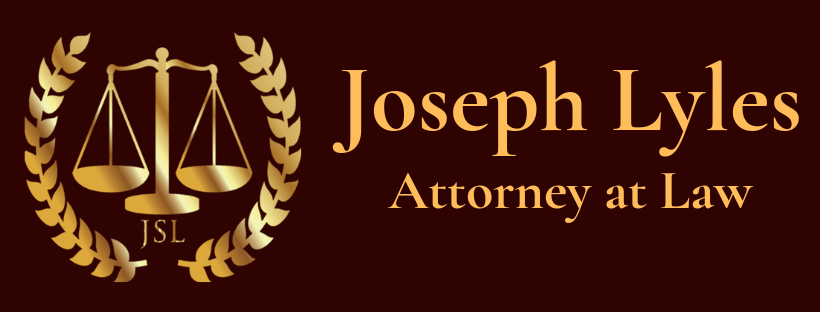Estate Planning in an Uncertain Environment
Estate Planning in an Uncertain Environment
Since 2001 when President Bush signed the Economic Growth and Tax Relief Reconciliation Act, we’ve seen estate tax exclusions climb and rates paid on taxable estate assets decline. The exclusion elevator continues until 2010, when the federal estate tax disappears for one year. If Congress fails to act, the exclusion falls back to $1 million in 2011. Any new legislation may cut the top tax percentages or increase exemption amounts. But don’t look for permanent estate tax repeal. Estate taxes have gone away “permanently” before- and have always come back.
That said, uncertainties complicate estate planning. Many estate planning attorneys look for flexible techniques when a client’s assets approach the top of the current exclusion amount (the bubble). They are reluctant to advise something that’s irreversible, causing clients to give up control, unless there are other reasons besides tax minimization for doing so. Irrevocable transfers of wealth and control are likely to come back to haunt clients later.
I recommend four anchoring strategies in our shifting estate tax landscape:
1. Testamentary trust. This trust, the provisions of which don’t take effect until the grantor’s death, can be built into a will or a trust. Therefore, you can make adjustments as tax laws change.
2. Irrevocable Life Insurance Trust (ILIT). While this trust is not changeable in itself, your estate still gets the policy proceeds when you die. And you (or your trustee) retain the flexibility to stop paying for the insurance if you don’t want it any more.
3. Gifting. This is usually a viable strategy only if you’re planning to gift to the recipients anyway. However, it can be useful for trying to stay under the bubble and insuring that certain people receive certain assets.
4. 529 College Savings Plan. If you’re planning to fund all or part of a grandchild’s education, this is better than random giving. You can front load with five years of giving ($60,000) when you set it up, and usually you can add $12,000 annually. It grows tax-free and you retain control.
For more information on these techniques, consult with an attorney. Any strategy begins by defining the goals for your estate. Once that’s done, you can plan proactively to transfer your estate in ways that fulfill your wishes priorities- not just to minimize taxes.
